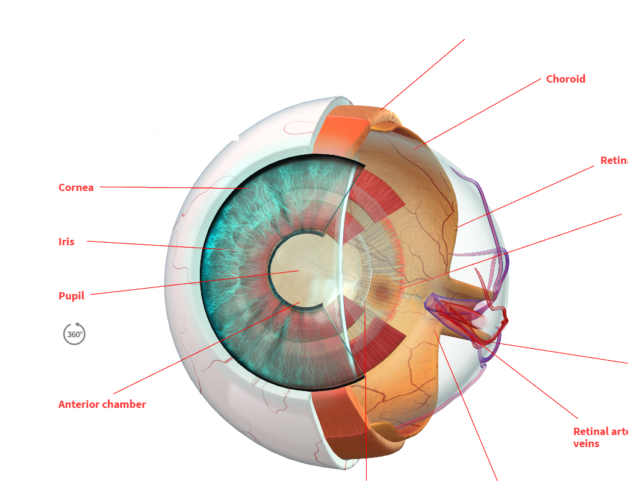Did you know?

How The Human Eye Works
The eye is a sensory organ that perceives light, transforms it into an electrical signal, and sends it to the brain to produce an image.
When we are born, vitreous gel fills the eye. As part of the normal aging process, the gel begins to shrink and starts to separate from the surface of the retina.
This occurs in 90-95% of the general population and is known as posterior vitreous separation. During separation, the vitreous gel can pull lightly on the retinal surface , resulting in flashes of light similar to seeing lightning bolts to the side of your vision.
As the vitreous collapses into the center of your eye, you may start to experience floaters. These are clumps of collagen and cells within the vitreous gel that are now floating freely within the eye, casting shadows on the surface of the retina.
Posterior vitreous separation can also result in retinal tears – small holes that develop in the retina and can give rise to retinal detachment if left untreated. Treatment should begin as soon as possible, since retinal detachment may begin within hours of the formation of a tear.
A retinal detachment will occur when a retinal tear allows fluid to flow from the front of the retina into an area beneath the retina. You will need surgery to reattach the retina in order to prevent permanent vision loss. In most cases, surgery will recover some, but not necessarily all, of your vision.
There are several methods to repair a detachment and the prognosis for vision recovery is dependent on many factors, including how long the retina was detached before you came to see us. In some cases, you may need more than one surgical procedure to successfully reattach the retina.